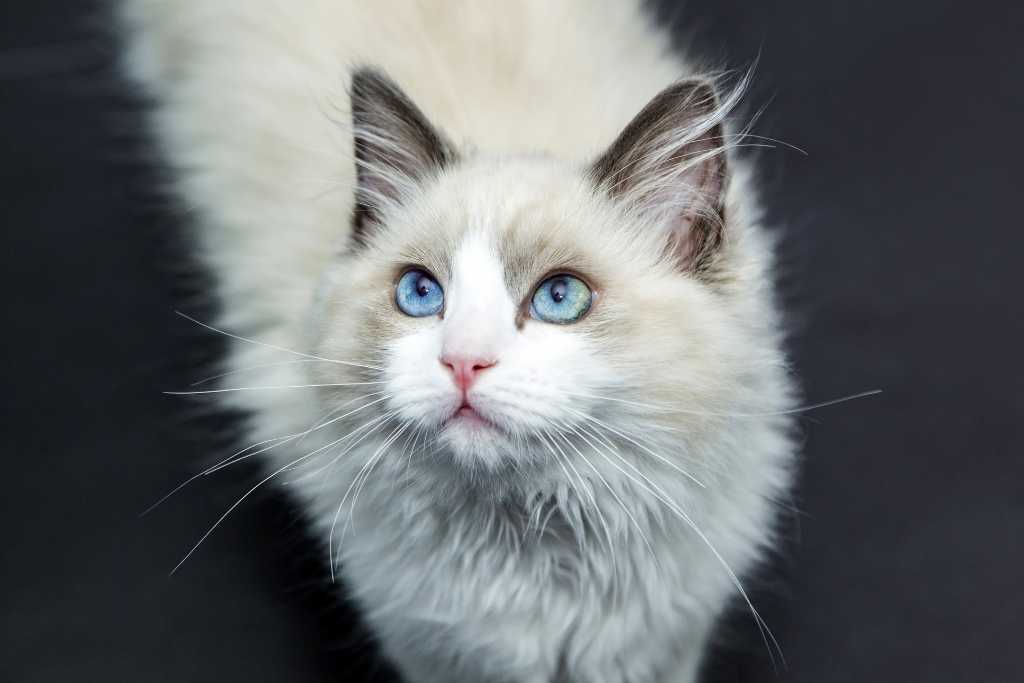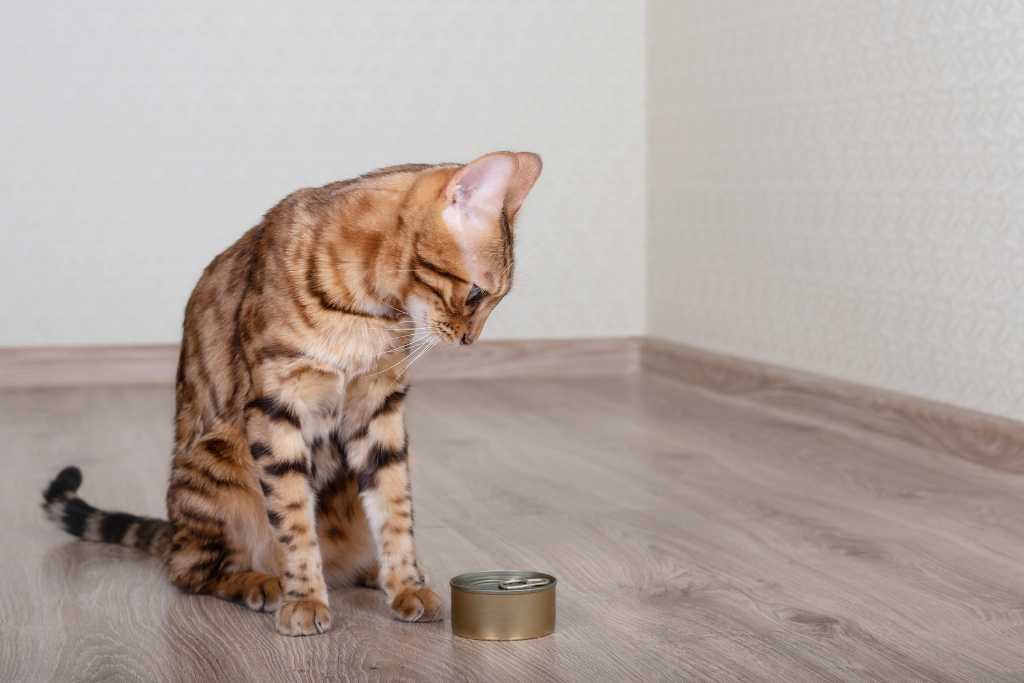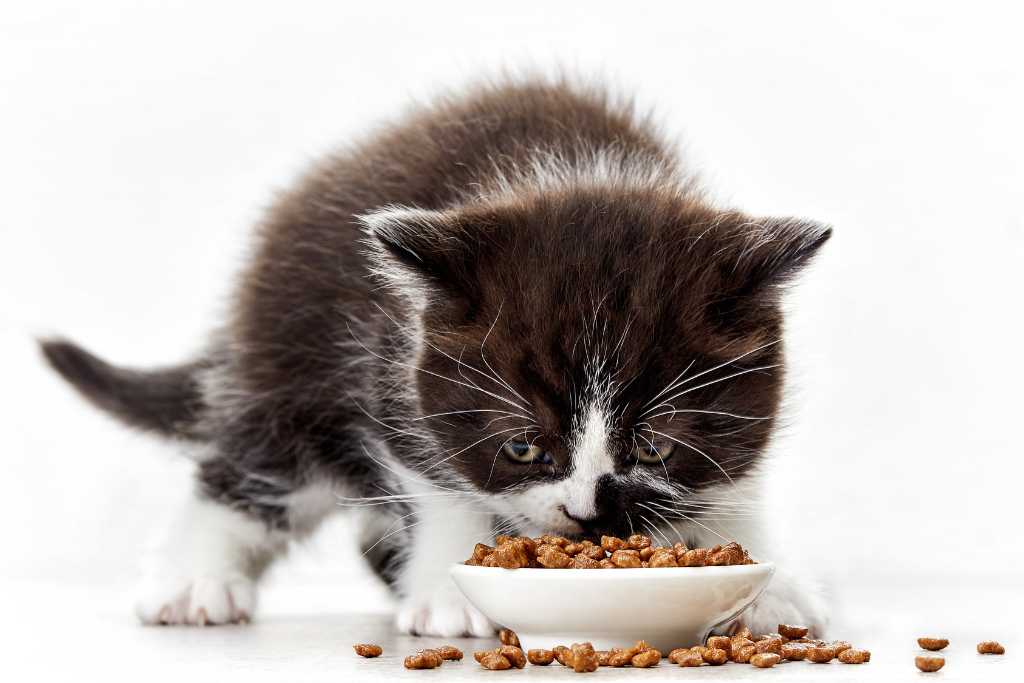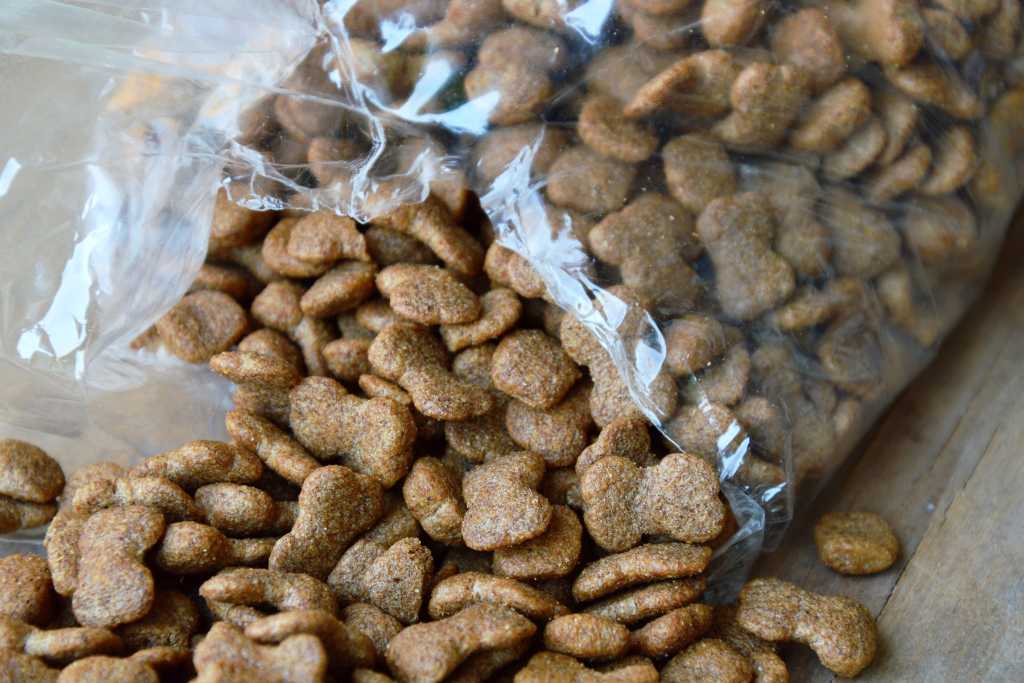AWAY FROM FREE SHIPPING
NICE. SHIPPING IS ON US!
AWAY FROM FREE GIFT
CHOOSE A FREE GIFT DURING CHECKOUT!
YOUR CART IS EMPTY. SHOP NOW.
How you store your cat food can make a big difference in the quality and freshness of the food, especially once it is opened. Here are some common questions and recommendations for proper storage for dry and wet (canned) cat food.

It's important to keep cat food, both dry and canned, in a cool, dry place away from direct sunlight and sources of heat or humidity. With dry cat food, don't stack heavy items on top of it. Stacking heavy items on top of an unopened bag of cat food can damage the packaging and affect the quality of the food. Do not freeze wet canned cat food as it can change the texture and taste of the food.
To store opened cans of wet cat food, follow these simple guidelines to keep the food fresh and safe for your cat to eat.
Always check for any signs of spoilage, such as a foul odour or unusual texture before feeding the food to your cat. If you're in doubt, it's best to err on the side of caution and discard the food to prevent any potential health issues for your cat.

Here’s how to store opened bags of dry cat food:

It is not advisable to repack dry cat food into other containers because the original packaging is specifically designed to keep the food fresh and safe for your cat to eat. Dry cat food comes in bags with an extra lining that protects the food from oxygen and moisture. The clear plastic bags used for repacking do not have this extra layer of protection and are permeable, exposing the cat food to oxygen, moisture and light. Exposure to air and moisture can lead to spoilage and the growth of mould and bacteria. Fragile polyunsaturated fats like omega-3 fatty acids can go bad (oxidised) particularly fast once exposed to oxygen and light. It’s a known fact that consumption of oxidised fats will contribute to a multitude of health problems.
Very often, the clear plastic bags used for packing are not food-grade or sterilised. The entire process is unregulated and often, the repacking facility is not certified by AVS Singapore. As such, the sanitary conditions of these facilities are questionable.

You pop open the lid on a fresh can of cat food, pour the contents into kitty’s bowl. After happily munching on a few bites, she gets distracted and saunters off. What should you do with this half-eaten food? At this point, you must be wondering how long you can let wet cat food sit out. Ideally, unfinished wet cat food should never be left sitting in a dish for more than two hours. Half-eaten cat food can quickly grow bacteria. This bacteria can be harmful and can lead to digestive issues for your cat.
Compared to wet cat food, dry cat food can sit out for a much longer period without becoming spoiled, but it's still not recommended to leave it out for an extended period. Exposing dry cat food to the air can lead to food oxidation and spoilage. Dry cat food can be left in kitty’s bowl for the whole day if the bowl is kept in an area that is cool, dry, out of direct sunlight and not subject to contamination by insects and vermin. However, we recommend that your cat’s bowl be washed and filled fresh each day.

The best way to keep half-eaten cat food is to store it in an airtight container and refrigerate it as soon as possible. This will help prevent the food from spoiling and keep it fresh for your cat's next meal. Scoop the uneaten portion of cat food out of the bowl and into an airtight container. Make sure the container is clean and dry before adding the cat food. It's also a good idea to label the container with the date and time that the food was stored. Seal the container tightly to prevent air from getting in and store it in the refrigerator. When it's time to feed your cat again, take the container out of the fridge and allow it to come to room temperature before serving.
The amount of time that half-eaten cat food can last in the fridge depends on several factors, including the temperature of your fridge. However, as a general rule of thumb, you should not keep cat food in the fridge for more than 2 days. If the cat food has been in the refrigerator for more than a couple of days, it's a good idea to give it a sniff test before feeding it to your cat. If it smells off or has a strange odour, it's best to discard it and give your cat fresh food.
In some cases, you might feed your cat a blend of dry cat food and wet cat food. While dry kibble by itself can be left out all day without the same concerns as wet food, once you mix the two, you face the same risk of bacterial growth.

Dry cat food is best consumed within 8 weeks of opening. As such, you might want to consider getting them in small bags to keep the optimal level of freshness. With wet cat food, once opened, cover with a lid or transfer to an airtight container, and keep in the fridge for up to 2 days.
If you notice that your cat is constantly leaving food behind, it might be worth exploring new food options. It’s better to finish the food than to save for later. To get her to finish her food, try different flavours or textures. Consider reducing the amount of food if you think it’s too much. Wet cat food comes in different textures like minced or creamy pate, flakes or shreds, and meaty chunks in broth or jelly. In the wild, a cat's prey will have different textures, so texture preferences are instinctive. So, if you have chosen a palatable formula and are feeding the right amount, but kitty is still not finishing her food, it may be that she prefers a different texture.
For dry cat food feeders, try adding food toppers. Food toppers not only improve the flavour of kitty’s meals, it also adds a boost of nutrition (amino acids, fatty acids, phytonutrients and antioxidants) to your cat’s diet.

Feed your cat the freshest food possible. It’s an important part of caring for their health. Fresh food is not only safer, but it is also more appetising to your cat. It’s always better to be safe than sorry. Not to mention that kitty will not want to chow down on stale kibble or expired cat food! Make it a habit to always check for any signs of spoilage, such as a foul odour or unusual texture before feeding leftover food to your cat. When in doubt, toss it. It's best to err on the side of caution and discard the food to prevent any potential health issues for your cat.

Comments will be approved before showing up.



